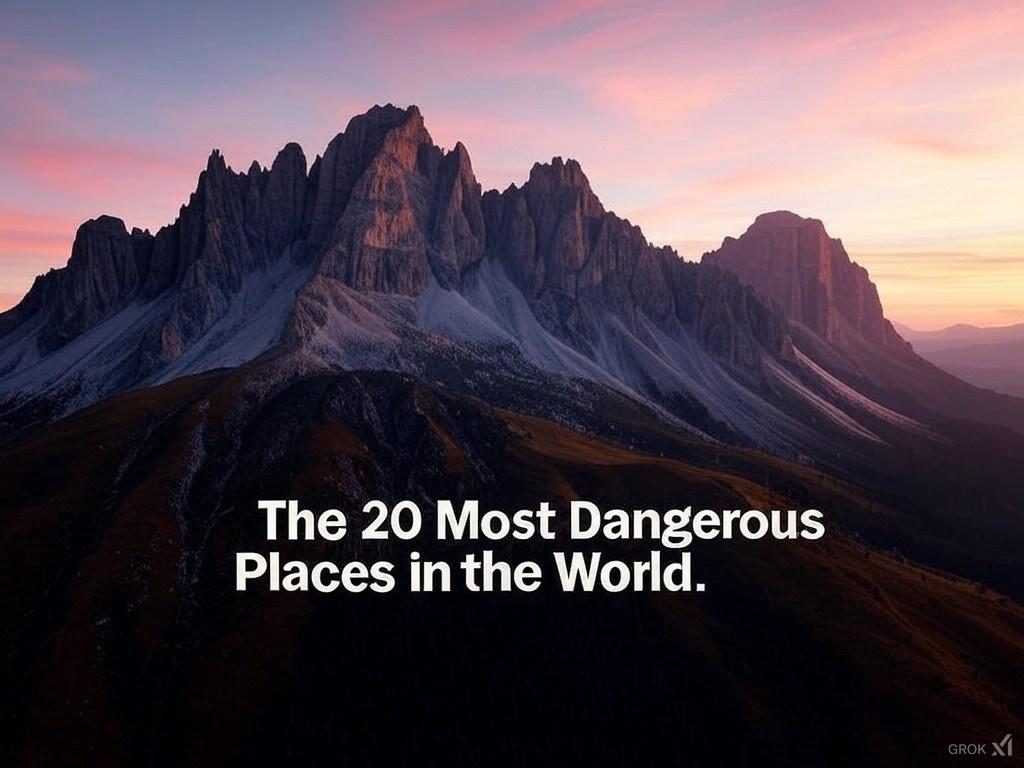
Global Economic Growth Stabilizes Amid Challenges
The global economy is showing signs of stabilization, with growth projected to remain steady in the coming years. This stability is emerging despite ongoing challenges, including geopolitical tensions, climate risks, and the lingering effects of the pandemic. Advanced economies are expected to see a slight acceleration in growth, while emerging markets may experience a modest slowdown.
Inflation Continues to Ease Globally
A significant trend shaping the global economy is the continued decline in inflation rates. Many countries are witnessing a decrease in headline inflation, driven by lower food prices and stable energy costs. This easing of inflation is allowing central banks to consider adjusting their monetary policies, potentially leading to interest rate cuts in various regions.
Diverging Economic Paths Among Major Economies
The world's largest economies are experiencing divergent economic trajectories. Some countries, such as the United States, continue to outperform expectations with growth above potential levels. Meanwhile, the eurozone is showing signs of recovery after facing challenges in its manufacturing sector. In contrast, China is grappling with difficulties related to its property market, which is affecting consumer confidence and spending.
Labor Market Pressures Easing
Labor market pressures are gradually easing across many major economies. The number of job vacancies has been declining from peak levels observed during the pandemic, and indicators of labor shortages have moderated in several advanced economies. Some countries have seen rising unemployment rates, reflecting both moderating demand and an increase in labor supply due to stronger immigration flows.
Focus on Structural Reforms and Productivity
As the global economy navigates these challenges, there is a growing emphasis on the need for structural reforms to enhance productivity and ensure long-term growth. The pace of regulatory reform has slowed in recent years, potentially missing opportunities to revive sluggish productivity levels. Key areas identified for reform include reducing barriers to competition in the service sector and improving transparency and accountability in lobbying practices.
Climate Change and Sustainable Development
The transition to a greener economy remains a critical factor influencing global economic trends. The increasing importance of critical minerals for accelerating the energy transition presents opportunities for achieving sustainable development goals in many developing countries. However, this transition requires smart policies and effective implementation strategies to avoid potential pitfalls.
Conclusion: Navigating Uncertainties
As the global economy continues to evolve, businesses and policymakers must remain vigilant and adaptable. While the overall outlook appears cautiously optimistic—with stabilizing growth and easing inflation—significant challenges persist. The diverging paths of major economies, ongoing geopolitical tensions, and the pressing need for structural reforms and sustainable development strategies will continue to shape the global economic landscape in the years ahead.











